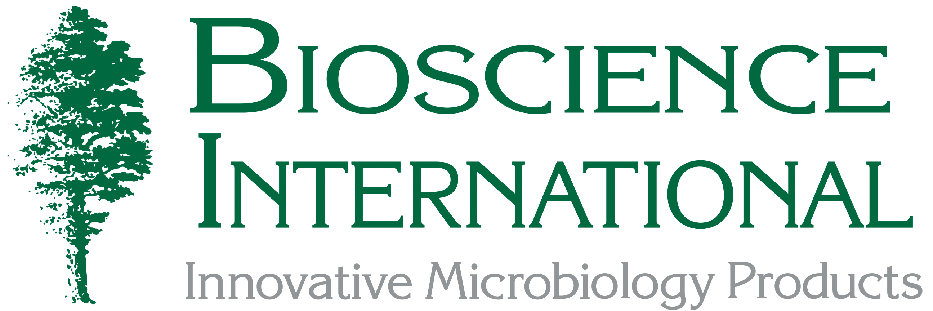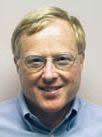Click here for more information on the SAS air sampler, which operates in full compliance with USP 797.
![]()
Environmental Testing for USP 797
By Andrew Streifel, Hospital Environmental Specialist, University of Minnesota
From Bioscience World
THE NEW USP 797 PROVIDES GUIDANCE FOR ENVIRONMENTAL TESTING and training for safe manufacturing of compounds for patients. Sterility risk to patients and the level of compounding risk dictate quality control efforts.
Source management is essential to manage asepsis. For air, classifications of rooms from ISO 3 to 8 are part of risk assessment. Verification of airborne contamination must follow procedures that assure existing conditions provide contamination control.
In the pharmacy compounding environment, air handling is essential for comfort due to biological safety cabinets and clean benches. Due to recirculation of discharge air, air quality is often found at ISO 6 in compounding rooms. With HEPA(99.97% @ 0.3µm diameter particles), air discharged into the room is particle-free. In several pharmacy compounding area evaluations of the>0.5µm particles, we found 0 p/ft^3 in the BSC where antibiotics were mixed in front of the clean bench <100 p/ft^3. In the ante area, <100,000 p/ft^3 (ISO 8)was observed. Observations were collected before construction of pharmacy compounding area.
At Fairview University Medical Center pharmacy, a dual headed SAS Super 180 Microbial Air Sampler was used to collect 500 liters in the compounding area and 200 liters outside.
Samples collected on Malt Extract Agar and Plate Count Agar were incubated at 25C and 35C respectively. MEA has a bacterial inhibitor for fungal air quality and the PCA allows for bacteria and fungal growth. Most fungi grow at 25C and are inhibited at 35C. Isolates were counted after 72 hours and counts adjusted to colony forming units per cubic meter. Opportunistic fungal pathogens, e.g. Aspergillus fumigatus, grow at body temperature. (see chart)
| Location | 25C fungi | 35C bacteria + fungi |
| Outdoors | 700 | 80 |
| Ante area | 16 | 6 |
| BSC | <2 | <2 |
| Fill area | 18 | 8 |
The area has a 90% efficient filter system with area pressurized airflow to less clean areas. During renovation, pressure relationship is not ideal at 0.003 inches of water column and should be adjusted to provide 0.01” wc, which represents air velocity of 400 linear feet per minute.
The expectation is cleanest areas with lowest counts. Data should represent a rank order reduction of airborne microbial particles reflecting clean-cleaner-cleanest air quality compared to outside. Cleanest area should be the biological safety cabinet.
Interpretation of Healthcare Air Sampling Data
Rank order analysis
- Lowest counts of microbes in the areas with best ventilation
- Ventilation parameters: filtration, air exchanges and pressure
- Comparison data necessary with outdoor control
Qualitative analysis
- Pathogen recovery (Aspergillus)
- Homogeneous population (versus heterogeneous isolates)
Indoor outdoor ratio
- I/O <1 normal (seasonal considerations)
- I/O >1 potential problem
- Local aerosols can skew daily results
Temperature selectivity
- Pathogens grow best at >35C (<1 cfu/m^3 pathogens)
- Filtration efficacy determined at 25C (lowest counts = best filtration)
In a relatively clean environment, larger air samples are necessary to validate cleanliness. Microbial growth media selection for air quality/surface testing should consider fungi, bacteria or both. Incubation temperatures assure differentiation of fungal versus bacterial contamination.
Understanding appropriate control measures for respective microbial sources coupled with training and environmental sampling provide a quality control program with a safe patient care environment in pharmacy compounding areas.
![]()
Andrew J. Streifel, MPH, |
For thirty years, Mr. Streifel, Hospital
Environmentalist at the University of Minnesota Department of Environmental
Health and Safety, has published and lectured extensively and served over 200 hospitals worldwide on air quality and patient care environments for solid organ and bone marrow transplant areas. Appointed to the Revision Task Force American Institute of Architects Guidelines for Construction of Hospitals, he assists industry leaders in design of critical care environments. |
For More Information Contact:
Bioscience International
11333 Woodglen Drive
Rockville MD 20852
Tel: 301-231-7400
FAX: 301-231-7277
Internet: BioInfo@Biosci-Intl.com

